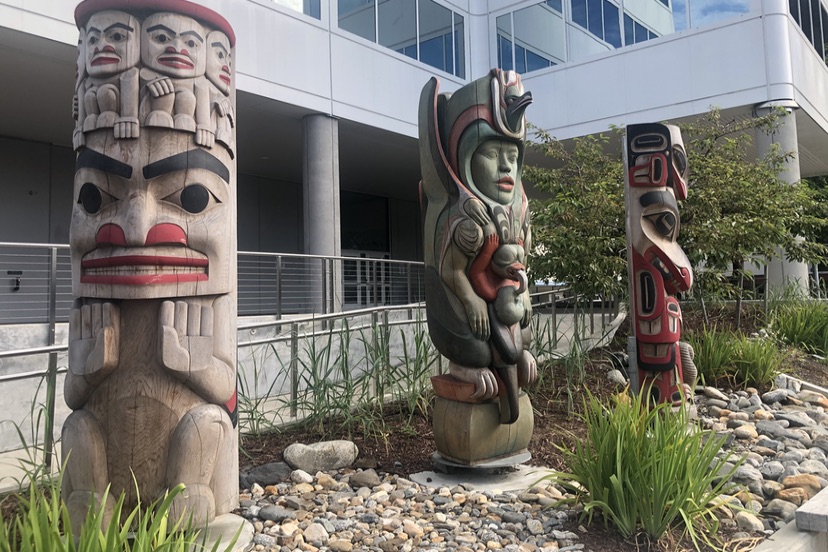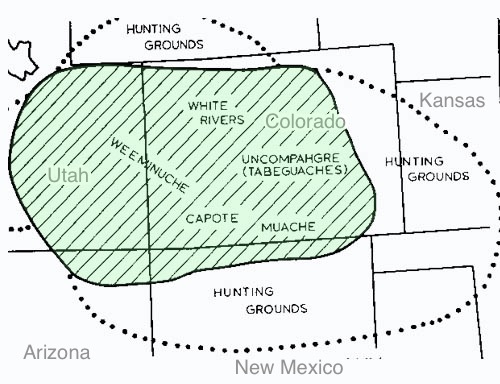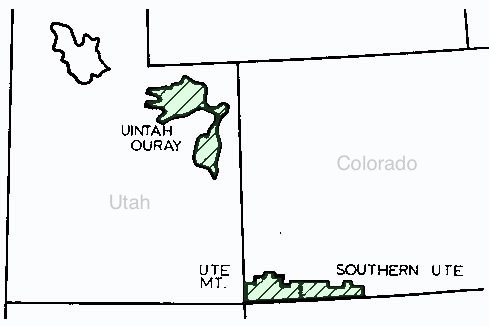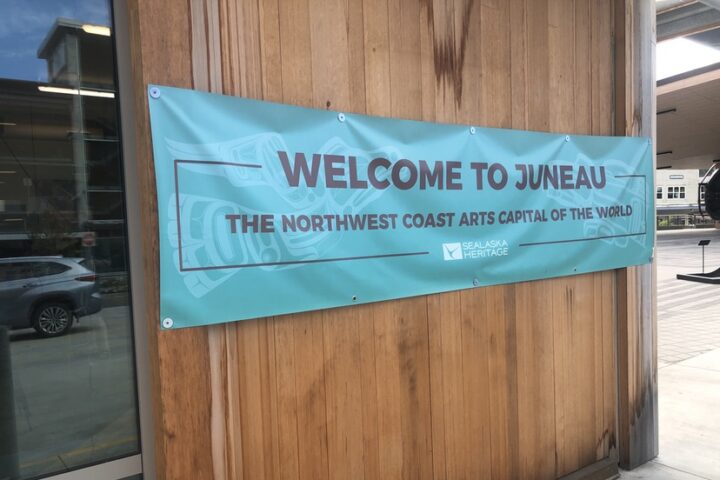The Utes were created by Sinawav (the Creator) and were placed in the mountains. The Sinawav told the people they would be few in number but, they would be strong warriors, and protectors of their lands.
— from the Southern Ute Indian Tribe website ‘Chronology’ page.
I’m writing this letter from the guest bedroom in my daughter Lily Hope’s house in Juneau, Alaska, following a lovely Sunday barbecue and birthday party at the home of our old friends, SueAnn and Gene Randall. Lots of grandkids running around. Lots of adults chewing the fat.
We finished painting the six large canvas backdrops on Saturday, and rolled them up to be stored away for the September 2023 ‘Áak’w Rock’ music festival… purportedly “the only Indigenous music festival in the United States.”
“Áak’w” is pronounced approximately like “Auk”… to rhyme with “Rock”. The Áakʼw Ḵwáan (‘People of the Little Lake’) are a Tlingit Indian tribal group that, historically, lived in a village about 14 miles north of the site of current downtown Juneau… before Joe Juneau and Dick Harris arrived from Seattle and discovered gold in what came to be called “Gold Creek”.
Gold Creek runs through the center of downtown. Many decades ago, someone had the bright idea of encasing the creek in a concrete channel to prevent it from overflowing into the surrounding neighborhoods.
This has made it impossible for the salmon to successfully navigate to the spawning grounds farther up the creek. The strongest among them make it a few yards up the concrete channel, only to expire in the too-shallow water.

Salmon are typically anadromous: they hatch in the gravel beds of shallow fresh water streams, migrate to the ocean as adults and live like sea fish, then return to fresh water to reproduce.
The urge to reproduce is so powerful, they kill themselves trying.
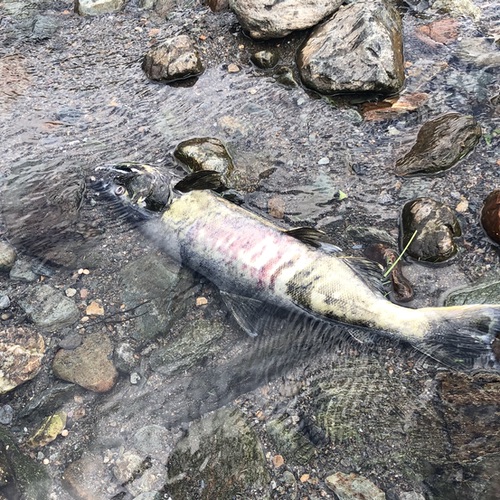
In traditional Tlingit stories, these fish are referred to as ‘The Salmon People’… the People who return every summer from the open ocean, to swim up the streams and creeks, and give up their lives as food.
So long as they are treated with respect, they will return. That’s a Tlingit belief.
There’s another kind of ‘return’ taking place in Native communities. While some Americans, with European ancestry, think of Native American cultural traditions as something from the ancient past… as something that no longer exists… Native arts and culture are more present and alive, in some communities, than they’ve been in the past 100 years.
Juneau appears to be one such community.
As some of our Daily Post readers may be aware, the major part of what is now called Colorado was once home to various Indian tribes that spoke núu-‘apaghapi (meaning “the people’s speech”) and who lived a hunting-gathering lifestyle. Reportedly, seven Ute tribes lived in the general area shown below, in around 1650.
The ‘Chronology’ shared on the Southern Ute Indian Tribe website shares brief descriptions of important events between about 1150 AD and 2012. Prior to 1880, nearly all the events described on the website were wars, battles, treaties and alliances among the Utes, Apaches, Navajos, Comanches, Spanish and Anglo-Americans.
In other words, accounts of violence, and attempts to avert violence. Descriptions of peaceful cultural and social developments, and events, are conspicuous by their absence.
After 1880, the events mainly concern the U.S. government’s gradual acquisition of more and more traditional Ute territory, leaving us, ultimately, with the current map.
The final six events mentioned in the Tribe’s ‘Chronology’ are:
2011: Pearl Casias is elected Chairperson. Ms. Casias is the first woman Chairperson of the Southern Utes
2011: February 18 declared by the State of Colorado as “Ute Recognition Day”.
2011: Southern Ute Indian Tribe and Durango Discovery Museum enter into five year agreement to provide science, technology, engineering, and math education that will serve tribal youth through high school.
2011: New Southern Ute Culture Center and Museum opens.
2012: President Barack Obama declares Chimney Rock, the site of ancient Pueblo ruins located within the boundaries of the Southern Ute Indian reservation, as a National Monument.
2012: In November, the National Christmas Tree is harvested from the White River National Forest. Ute Elders from all three Ute tribes participate in commemorating the event. In December, Elders from all three Ute domains travel to the Nation’s capital to witness first-hand Christmas tree dedications.
The ethnic wars are pretty much over, in Colorado, and the treaties are no longer being broken. 98% of the Ute homeland has been confiscated by the U.S. government and the Colorado government.
But we now have tribal casinos, and even more importantly, tribal museums and cultural centers, and tribal languages are being taught in some public schools.

Tribal governments now have their own independent funding for housing programs and infrastructure projects. Indigenous water rights are being recognized.
Women are assuming politically important positions.
The future is looking brighter than it has looked in a long time. Especially, perhaps, in Juneau, Alaska.
Our backdrop-painting crew in Juneau took a day off from the painting project on Sunday to do a little sightseeing and relaxation. The weather was warm and partly cloudy.
I made it a point to bring my phone and snap some photos of the Native artwork around town.
When I arrived in Juneau, back in 1971, Native art was pretty much relegated to displays of old cultural items at the Alaska State Museum. As I recall, there were maybe four public totem poles in town.
By comparison, the amount of public Native art in Juneau, in 2023, is rather astounding. On my walk yesterday, I passed by a banner posted by Sealaska Heritage Institute that claimed:
“WELCOME TO JUNEAU: The Northwest Coast Artist Capital of the World.”
Tomorrow, in Part Three, I will present some evidence for that claim.
Read Part Three…

